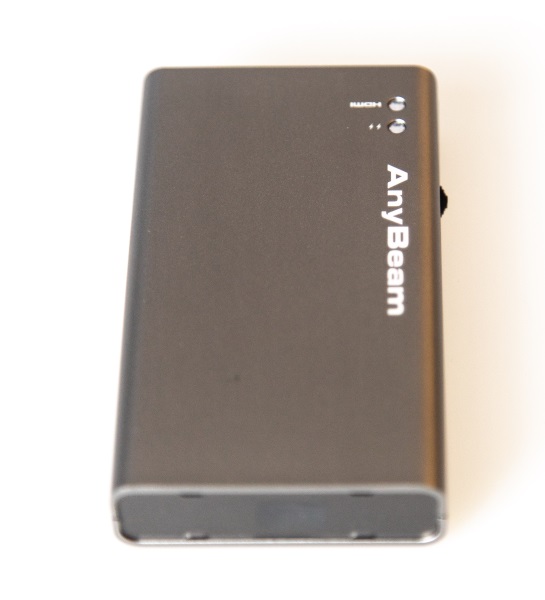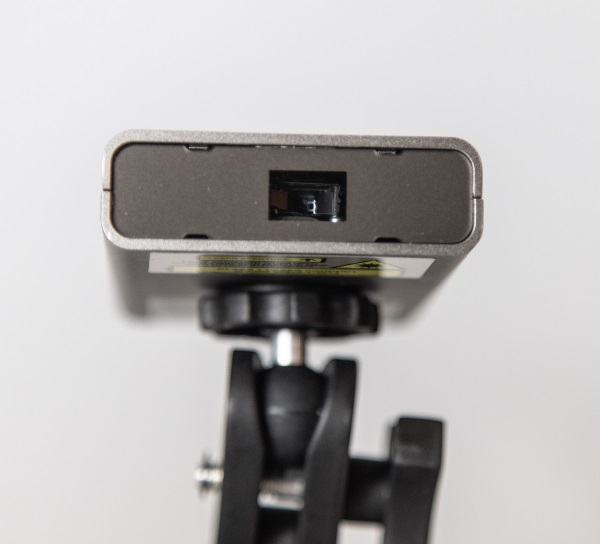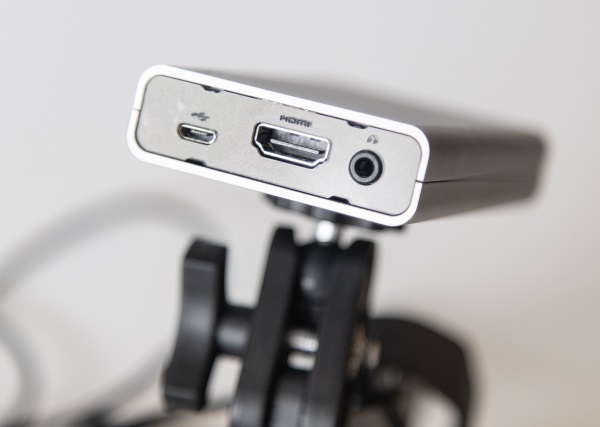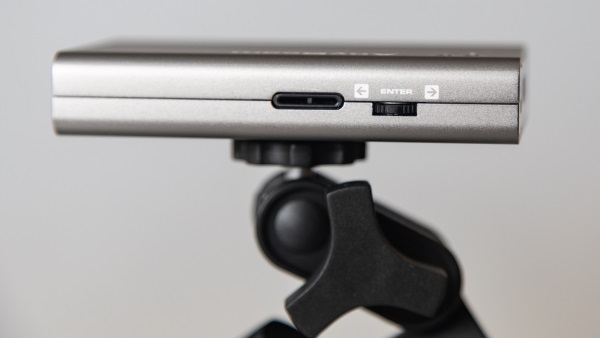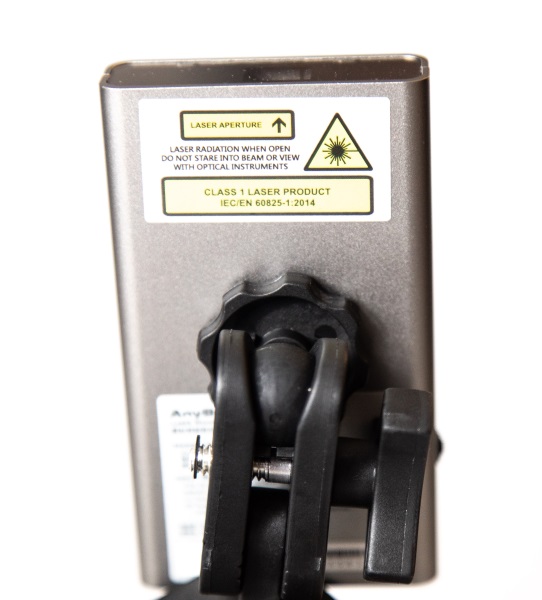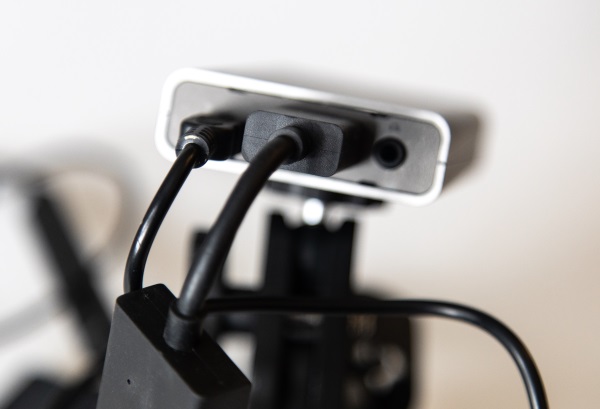
REVIEW – Technological advances and lower cost have helped make TVs bigger than ever. Even so, large projection screens provide an unmatched theatrical experience. However, the noise of the projector cooling, A/V interface, low contrast, and trapezoid have always been detractors to casually using a projector – until the PIQS Q1. Read on to see what I think!
What is it?
The PIQS Q1 can best be described as an Android device with an extremely large screen. If it were just a mobile, the PIQS specifications would trend towards average; but the innovative features this is designed with set it apart as a projector. The two most significant technologies are the auto keystone correction and the Virtual Touch Remote controller. These features allow the projector to be effortlessly placed beside a couch or on a nightstand and allows all other interactions to occur with the remote. Since the projector has HDMI, USB, Wi-Fi, and Bluetooth, streaming from a mobile or directly from the cloud makes getting your images to the screen a piece of cake. Since it’s an Android-based item, applications compatible with lollipop and below (isn’t it funny how Google has taught us to rank candy?) will work on it natively. A custom UI which also includes an interactive whiteboard program enables effortless control with the included laser powered remote control.
What’s in the box?

PIQS Q1
Power Adapter
Virtual Touch Remote controller
Quick Start Guide
HDMI Cable
USB Charging cable for remote
Design and features
Specifications


- Operating System: Android 5.1
- CPU: Amolgic T968 Quad-Core, 1.8Ghz, Mali Quad-Core GPU, 2GB system on board
- Internal Memory: 32GB
- Projection System: DLP 0.45″ DMD
- Native Resolution: Full HD 1200 x 800
- Brightness: Up to 1000 Lumens in Bright mode
- Contrast Ratio: 10000:1
- Aspect Ratio: 16: 10 Native
- Throw Ratio: 1.12 (100% off-set), 1m distance to 40” Screen Size
- Light Source: 3LED (RGB)
- Lamp Life: 30,000H
- Wireless: Wi-Fi 802.11ac/b/g/n , Bluetooth 4.1
- Input Terminals: HDMI x 2, USB x 2
- Audio jack (3.5mm) x 1
- Remote Battery: 1000 mAh, Standby – up to 4 weeks, running up to 30 hrs
Unboxing

The projector and stand (if ordered) come well packaged in a large nondescript cardboard box.

The Projector is packaged in a foam-lined matte cardboard telescopic box.

The front of the box shows the projector in perspective and some of the core technologies, including Autofocus, 4D Auto Keystone, and LED lighting. The sides of the box have the PIQS logo and virtual touch projector printed on the sides. The base describes the package contents and more specific features.

The projector sits above the bottom of the telescopic box.

A false bottom is observable upon removing the projector from the box.

Below the bottom are the power adapter, cables, and remote control. Also present in this area is the quick start guide, a thank you card from the manufacturer and the quality inspection tag.

The stand is packaged in a brown cardboard box with a hinged lid. The stand is nicely packaged within, disassembled, and placed in foam cutouts. Overall, the packaging of both the stand and the projector is superb.



Design and features
Hardware
The PIQS Q1 has a clean rustic Scandinavian aesthetic.

The projector is half wrapped in a wood texture (it is so good I’m unsure of the actual material) and half wrapped in white speaker cloth. The cloth and the wood come together like a half lap joint in carpentry; The wood covers the horizontal, the cloth covers the vertical, and each material covers an opposing side. The design is striking but balanced, and a welcome break from the cheap plastic, easily dented metals, black, gray and putty colors of just about every other projector on the market. The unit is perhaps a bit bigger than some alternatives but there are some good reasons for its size. The taller sides allow a larger speaker to be mounted to provide a higher volume. Since the speaker is mounted on the right-hand side sound may be improved if the unit is positioned to the left of the observer. The location of the air vents needed to cool the unit is also strategically placed. The inlet vent is placed on the bottom so that fan noise does not propagate through the holes in the structure. A fine mesh screen is positioned behind the large vent cutouts to prevent dust from entering. The rear of the unit has well-labeled ports for USB 2.0, USB 3.0, HDMI and audio out.

An isolated power button is surrounded by an LED ring that glows red when in standby and blue when powered. The rear of the unit also contains a large heat vent. The lamp is cooled by a heat pipe system that radiates out the rear. Even after it has been running for some time the air leaving the back feels cool.
The projector lens and a camera lens are mounted in the front of the projector. The PIQS logo also adorns the front. The camera is used for autofocus, auto keystone correction, and for tracking the infrared laser. The PIQS system uses a visual system for autofocus rather than an ultrasonic system like some competitors. Autofocus is achieved with an adjustment to the focal length inside of the unit. The keystone correction displays a checkerboard pattern on the screen and then changes the output of the display so that the resulting image looks square. This is a picture of the display in a darkened room.

The two grey bands on the left and right define the sides of the rectangle displayed with keystone adjustment. The large trapezoid in the background is the unadjusted image. in order to make the image look square after it hits the wall the projector actually processes the image to look like the image below so that once it hits the wall all the edges will be perpendicular. Pretty cool.

The remote control weighs 2.7 ounces and is 6 1/2″ long 1 1/2″ wide and ranges from about 1/2″ on the rear to 3/8″ on the front.

The remote looks fairly typical but has some unique features. The right-hand side has a micro USB port for charging the lithium battery which powers the remote.

When charging the status light glows red and when complete it glows blue. The rear of the remote has a laser emission warning for the near-infrared laser which is projected out the front. The laser mark is almost invisible to the naked eye but can be captured by cameras without an IR cut filter.

The laser is tracked by the camera on the front of the unit which allows for a much more precise use than achievable with a gyroscope controlled remote. The remote also has gyroscopic capabilities for games and uses where pointing at the screen isn’t the object. While the remote does have unique tracking abilities it falls short in one aspect: the offwhite remote has no contrasting symbols on the buttons to indicate what the functions of each button are. Therefore, when in the dark it is impossible to see each button and the labeled function. A backlight on the remote or some phosphorescent paint would be a very helpful improvement.
The optional stand included by PIQS for this review is a machined aluminum thing of beauty. The aluminum is finished in sandblast and the base is stamped with the PIQS logo. The stand attaches to the projector with a 1/4-20 thread. The pitch and yaw of the stand are held in place by a bushing held in place by friction. The only detractor is that the post that screws into the base tends to unscrew if the stand is rotated counter-clockwise. A bit of Locktite (or nail polish) will easily fix that problem.
The unit is powered by a 120 W power brick. Because of the power requirements, the brick is rather large. The adapter comes with a 38″ long grounded AC cord. The DC plug is attached at a right angle to the 72″ power cord, which allows the rear end of the unit to be very streamlined. The HDMI cable that the unit ships with is also very short and streamlined as if it is designed for portability. In fact, I have moved this cable to my EDC of cables so that if I ever need an HDMI cable I can use it. The unit also comes with a micro USB cord for charging the remote.
Inside of the unit is a system on a chip (SOC) Amlogic T968. The chip includes a quad-core Arm Cortex-A53 processor clocked at up to 1.8 GHz and an Arm Mali-T830MP2 GPU. The architecture of the CPU is 64 bit Armv8-A.
Software
At the most basic level, the software runs in three modes. There is an HDMI mode, which permits the projector to run as an HDMI screen, while still retaining the autofocus and auto-keystone functions. The projector also has an audio mode, in which the projector can pair with a Bluetooth device and act as a Bluetooth Speaker. The most advanced state is the Android-powered control system, which operates the projector as if it is an Android tablet with a gigantic screen.
As an HDMI projector, the screen is able to scale from higher resolutions with finesse and provides an image that, while not as sharp, is true to the native image. Below is a picture of the displayed image showing the receiving resolution.

This shows the Microsoft powerpoint screen, which is a good surrogate for the type of colors and smallest scale information that is typically displayed in a well-designed presentation.

Although it can’t be enjoyed in this review, the projector also supports 3D. A set of Active Shutter Glasses for DLP- Link 3D Ready Projectors are required. I jerry-rigged the 3D Samsung glasses I have (by playing a 3d video on the Samsung TV) and was able to enjoy a little bit of the effect but the shutter was slightly out of phase.
In the HDMI mode volume, power (audio mode, standby, reboot, power) and the shortcut menu button still work. The “cursor” of the Virtual touch remote as well as the PIQS draw app allows annotation of the HDMI in real time. The PIQS Q1 comes with the PIQS draw app. Several line types and effects are available and any color can be used. Multiple levels of undo are saved (but not redo) and the displayed image can be saved to a screenshot. This is useful for identifying the action in a movie during a presentation or fulfilling lifelong dreams of impersonating John Madden.






The HDMI mode starts and stops automatically when a signal is detected at the HDMI input. The image is clear and tracks motion very well, there is no indication of banding or other artifacts.
The audio mode turns the display off and announces that the projector is ready for an audio Bluetooth signal in a booming synthesized female voice. The dual 5W drivers do the best they can, but the sound is mostly midrange and lacks depth. The best I can describe it is a loud iPhone. Fortunately, this sound reproduction works well for movies and voice but the PIQS shouldn’t be the first choice for replacing a TV as well as a stereo. Also, the fan runs while the audio mode is on. I would think that the mass of the heat sink would be sufficient to cool the processor and that fan would only be needed for the lamp.
The PIQS runs Android 5.1.1 but does not include the Google play services. This was a concern of mine since the Fios TV app, which allows me to watch live TV, my DVR and on-demand content requires the Google services to run. I found that if I installed the Google Play Services and the Google Play Store from apkMirror then I could get Fios to work but it broke AirScreen. I decided that I would use Fios more and if I want to mirror my phone I can delete the Google apps and reinstall them later.
The particular install of Android comes with a custom GUI that is optimized for control by the remote. Five tiles are displayed on the home screen: Business, Connections, Apps, Files, and Settings. Below are slots for 12 favorite apps.

The tiles can be selected just by pointing the Virtual Touch Remote at them and pressing the OK button. Since it is an android based system a third party launcher, such as Nova Launcher, could also be used.
The Business tile is powered by WPS office and so is compatible with the latest formats.

The UI searches the local drive and installed USB drives for compatible content and displays the count of each in the respective tile. I was able to connect my iGo Stowaway Ultra-slim keyboard with Bluetooth and use that to type, but hitting enter just brought the virtual keyboard up. I don’t see an option for changing the default keyboard to something besides the virtual included one. Perhaps a better option is to use the PIQS cast program for displaying office applications. This program runs on a mac or pc and mirrors the display-space of a computer on to the PIQS projector. The display space may include multiple displays. If mirroring one display is all that is desired then the computer display settings should be changed to output only to one monitor. Changing the resolution to close to 1280 x 800 may also improve performance.
The connections tile allows for Bluetooth, Wi-Fi, Wi-Fi access point, FTP access, HDMI, casting, and remote control operation of a computer.

The Wi-Fi hotspot allows for setting the SSID, security type and password. The FTP access, however, is not password protected, Casting is performed using the previously mentioned Airscreen app. Airscreen works well and shows a fluid movement of the mirrored screen without much latency. The app is installed as an ad-supported release but may be enjoyed free of adds with a $12.99 annual pass, a $3.49 30 day pass or a $1.49 monthly subscription. The PIQS Cast app mentioned above enables the Virtual Touch Remote controller to act as the mouse for an attached computer as well as presenting the screen wirelessly. An added feature is that if multiple users have the app installed on their computer the PIQS cast app makes it easy to switch the displayed screen.
The Apps tile contains a listing of all the installed apps.

Noticeably missing is the settings app. This projector does not have a profile for Google Play, so apps must be sideloaded from the web or USB. Since it’s an Android 5.1 system there is no guarantee all Apps downloaded are installable or usable. The apps tile permits rearranging, grouping into folders and deleting of apps.
The File tile has an assortment of other tiles that show counts of documents, videos, pictures, music, and .apk files, as well as the capacity and free space of each attached drive. So the total of the local storage plus each attached USB device will be shown. This does make it easy to find what you want.

One thing that I noticed while working with the UI is that there is no easy way to multitask. I downloaded tasker and this helps a bit. Most of the time the projector is just a projector, but not having the ability to multitask on an Android-powered device seems strange to me.
The Settings tile shows tiles for focus, keystone, display settings, sound effects, clear cache, user manual, system upgrade, and advanced settings.

The sound effects include equalizer settings for music, movie, drama, and news. Some of the graphics from this review are from the user manual. The manual is a 40-page presentation about the PIQS Q1. The advanced settings include much of the same items as the settings, but also includes the ability to select what items are displayed on the shortcuts page, and includes the apps setting screen, which allows the cache clearing, memory dumping, stopping and uninstallation of the installed apps.

Available in each mode is the power menu which allows different power states or audio mode to be selected (the sleep will wake with the remote while the projector must be restarted with the power button if it is in power off mode.)

Also available in each mode is the shortcut menu, which has a lost of items which may be called upon at any time. The list is selectable in advanced settings and the list is scrollable to select items not displayed (even though there is no scroll bar).

Operation
I first wanted to demonstrate this on the best possible screen. I purchased a TaoTronics 120″ 1.2 gain high contrast 4k PVC movie screen. However, even after having the screen hang for a couple of weeks, some large creases still show on the screen. The image quality should be judged without penalizing the quality because of the display.
I also want to demonstrate this to a known comparison, so I set the display up next to a 55″ 4K TCL screen. I played Planet Earth II off of Amazon on both screens. The picture below is about the same shot on both screens and the diagonal size of both images is approximately equal. The first picture is shot with the lights off and provides the best view of the projected image.

You can see that a close-up shot of the mountain in the corner of the screen is very close to the image displayed by the projector. The first image is the projector and the second is the TV.


But who wants a projector to display an image the same size as a TV. Later on, I move the projector back to fill the screen. The size of the image changes based on the distance from the screen and the amount of keystone correction applied.

The image below is about 120″ diagonal. The two images aren’t exactly synchronized but you can see that the larger image still has accurate color but suffers in some detail.

Again with the lights dimmed. The TV has assumed a darker appearance because the image has been paused.

This image shows full strength lighting and a dimmed TV image. The actual viewing conditions weren’t as washed out as displayed in the photo, but as the brightness increases the camera has trouble capturing an image with the correct amount of contrast. Obviously the darker the better.

The projector DLP engine uses rhombuses on edge to display the image, which seems to provide less obvious pixelation than if the image was displayed with pixels that run in a horizontal and vertical dimension. Heres a close up of the cursor. You can see the arrangement of the pixels in this image.

This shows the Firefox browser on the projector displaying a page of the the-gadgeteer site. Everything is readable even at about 10 feet away.

Finally, I’ll demonstrate the beauty of marrying an Android tablet, a projector, and a virtual touch remote.

Yes, I’m playing full-scale fruit ninja and loving every slice and dice.
What I like
- Easy Setup
- Autofocus and Auto Keystone
- intuitive remote
- good image reproduction
- quiet fan
What needs to be improved
- Backlight, phosphorescent or higher contrast remote
- Audio Fidelity
- Android settings (for the input method, for instance)
Final thoughts
Some of the best gadgets are convergence devices. The PIQS Q1 demonstrates this to be true. By combining a computer, projector and laser-powered remote control, PIQS has created a gadget that redefines the convenience, quality, and capabilities of the typical projector.
Price: $649 as tested
Where to buy: Amazon
Source: The sample for this review was provided by PIQS.
Filed in categories: Reviews
Tagged: Projector
PIQS Q1 LCD projector review originally appeared on The Gadgeteer on January 25, 2019 at 9:00 am.
Note: If you are subscribed to this feed through FeedBurner, please switch to our native feed URL http://the-gadgeteer.com/feed/ in order to ensure continuous delivery.
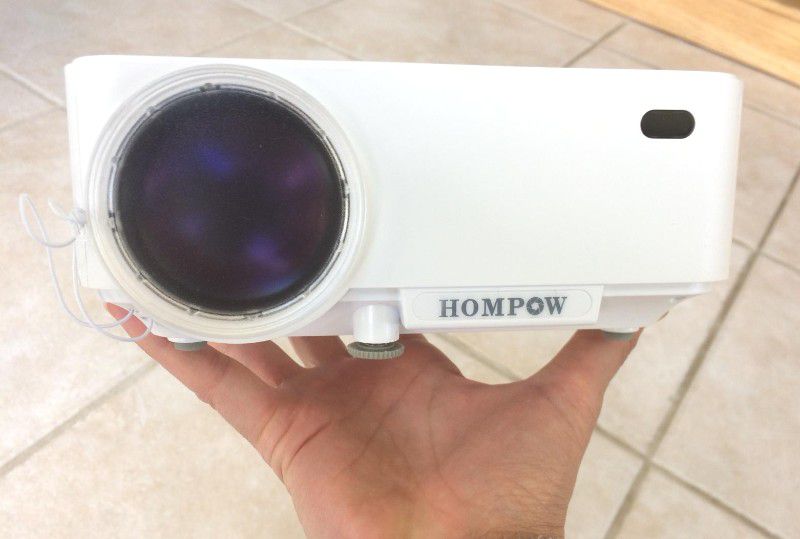
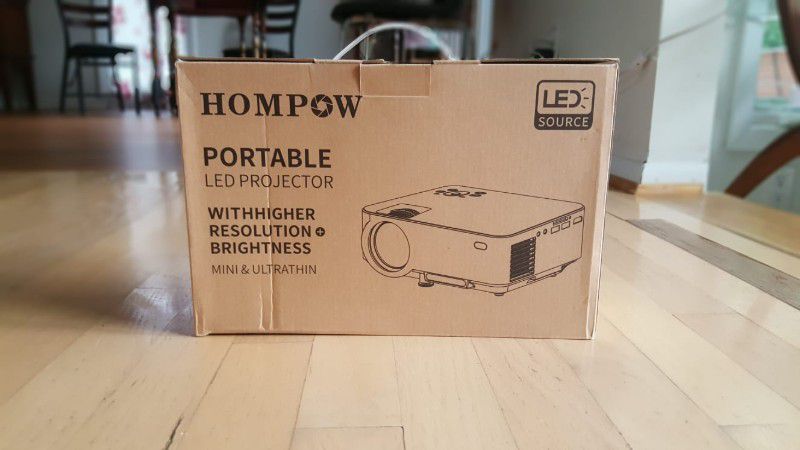
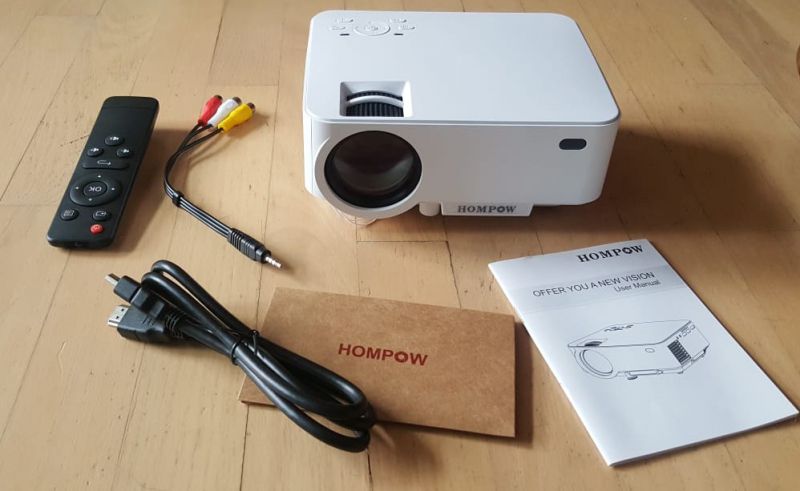
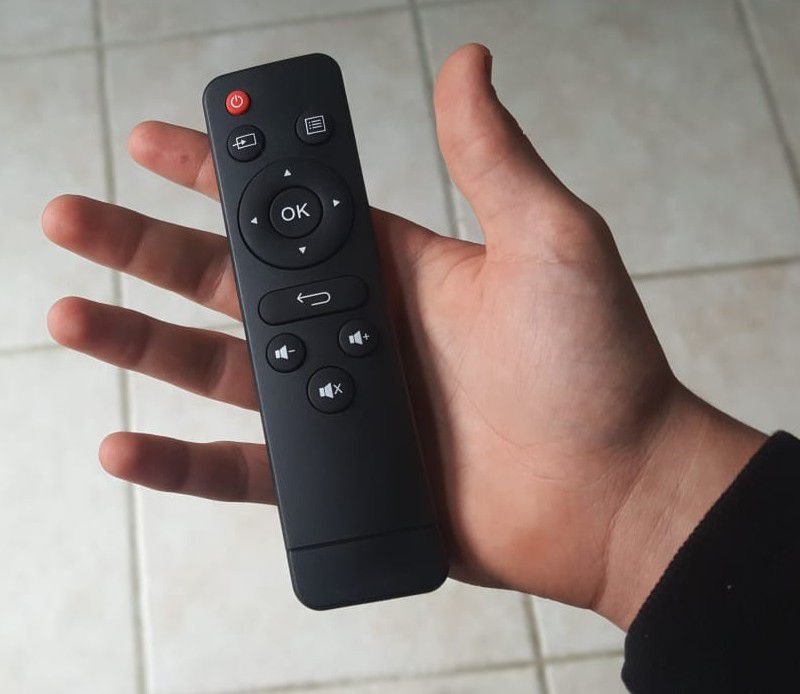 Design and features
Design and features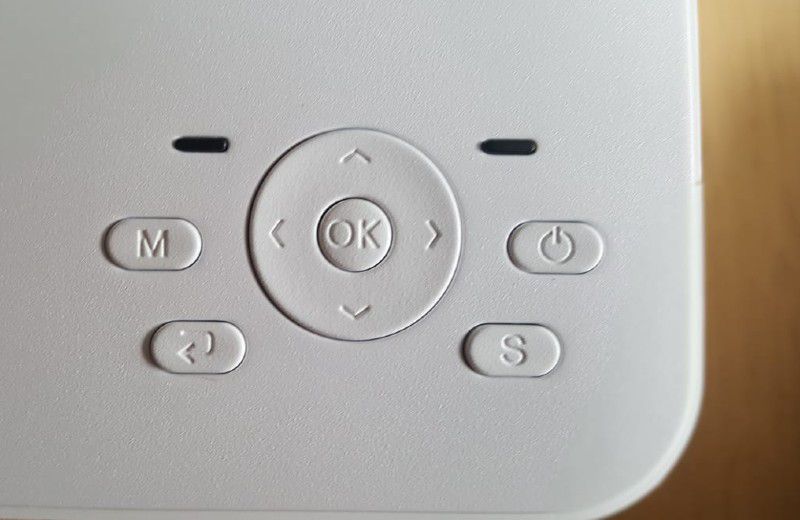
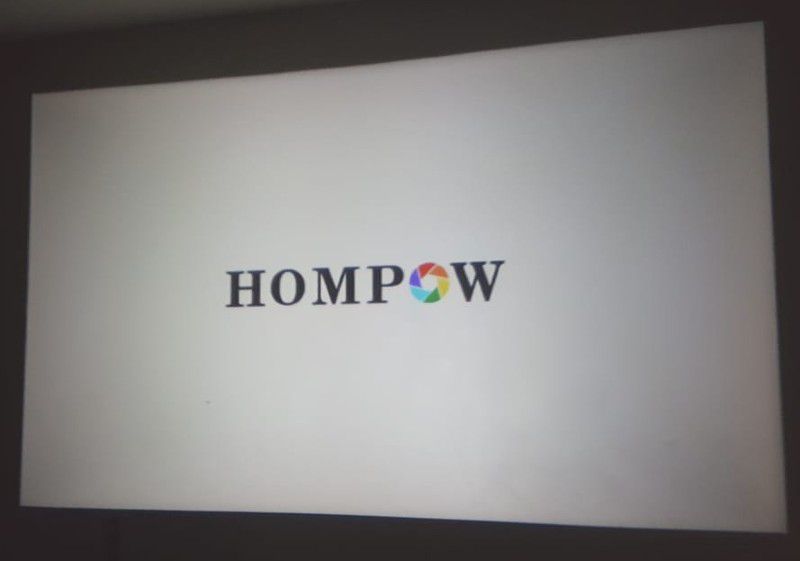
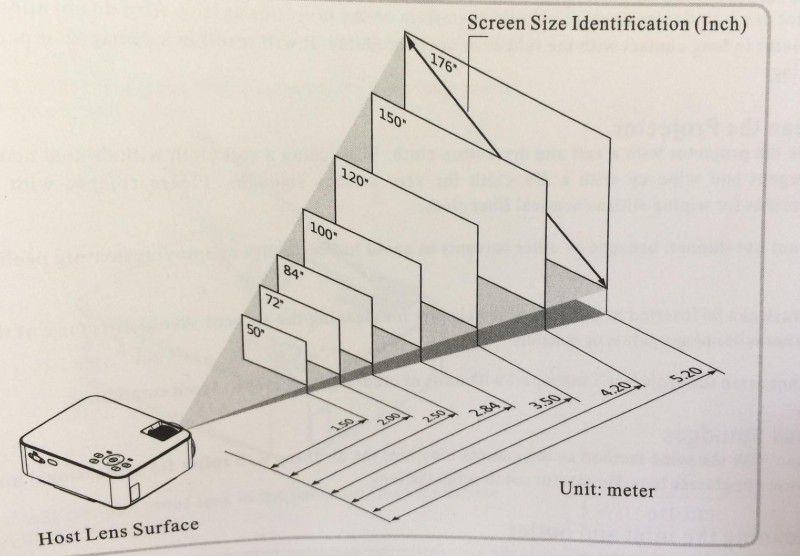
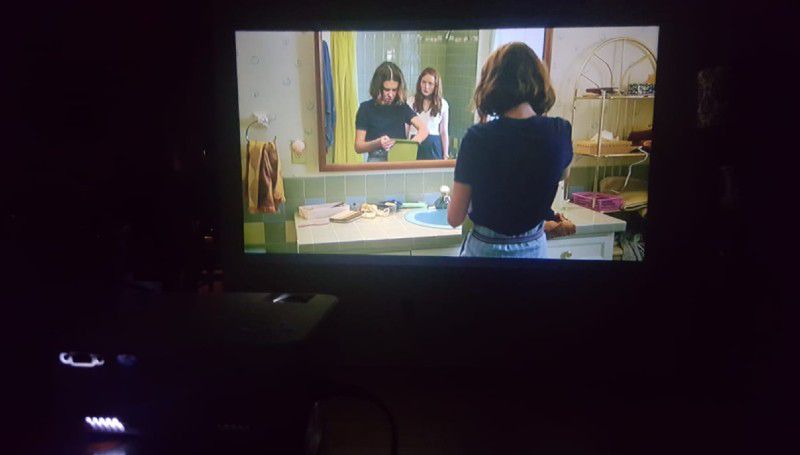

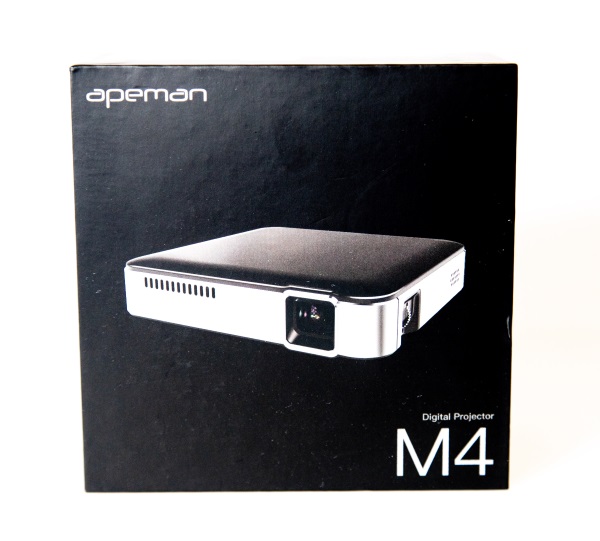 REVIEW – Lately, I have been on a quest to find 2 small and compact projectors that can produce high definition video that I can project in small rooms/areas at various events. Gone are the days when you need to walk around with a large, heavy case to transport a projector to handle your display needs. Also, many of the new compact projectors can be powered via a USB power pack, eliminating any restrictive need for AC power. These types of projectors have also added value and versatility to outdoor gatherings. For this review, I am taking a look at the
REVIEW – Lately, I have been on a quest to find 2 small and compact projectors that can produce high definition video that I can project in small rooms/areas at various events. Gone are the days when you need to walk around with a large, heavy case to transport a projector to handle your display needs. Also, many of the new compact projectors can be powered via a USB power pack, eliminating any restrictive need for AC power. These types of projectors have also added value and versatility to outdoor gatherings. For this review, I am taking a look at the 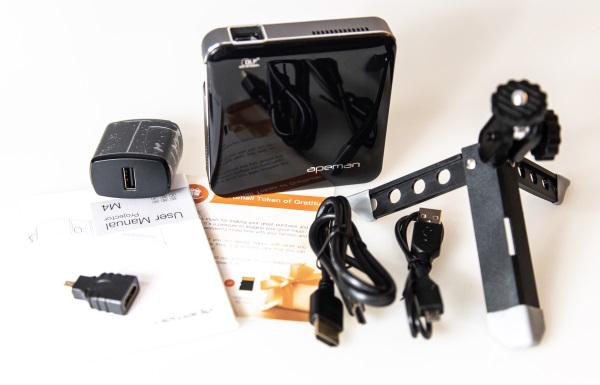
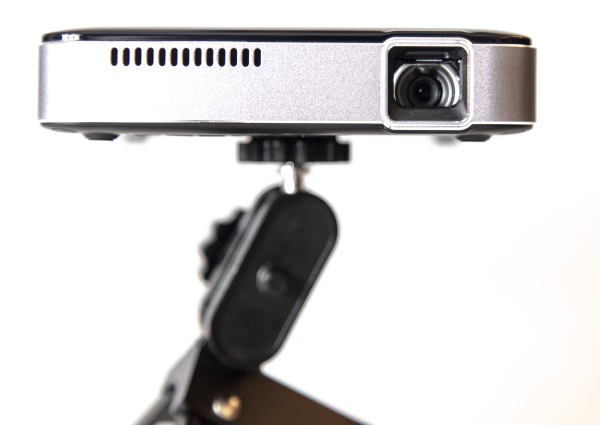
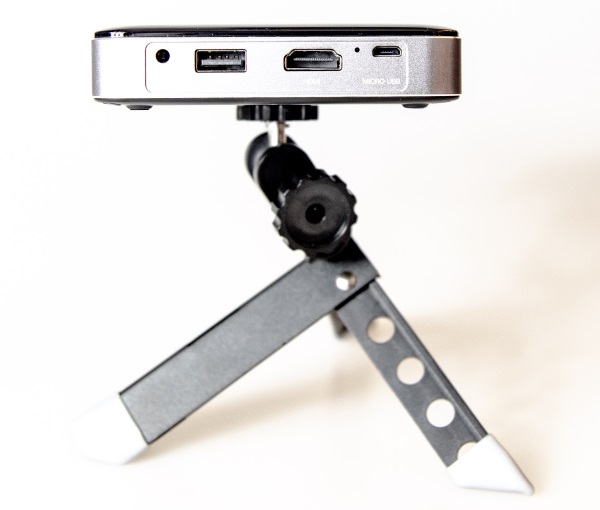
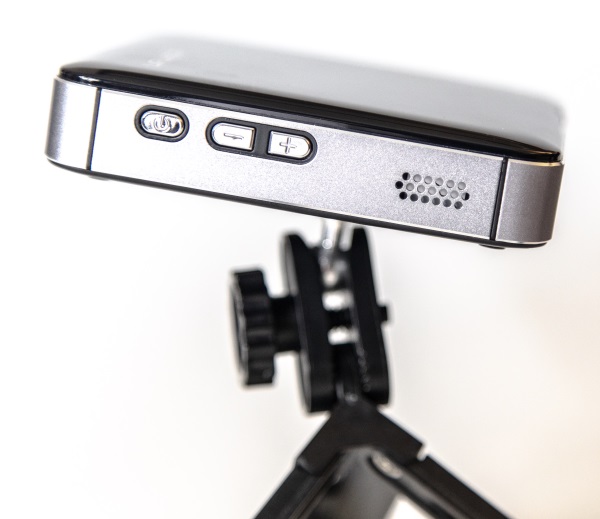
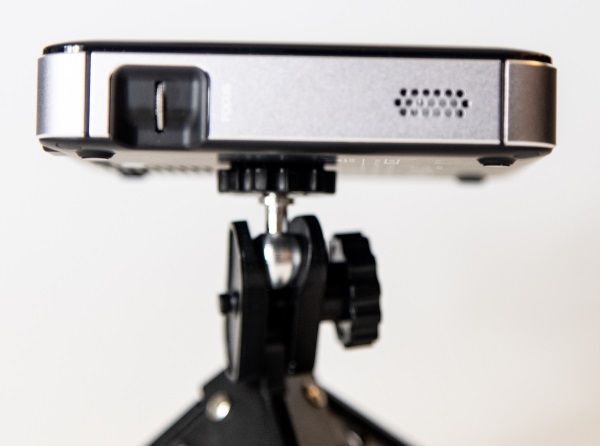
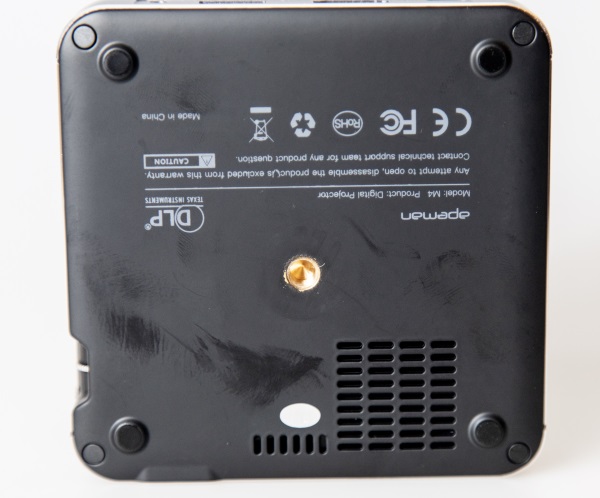
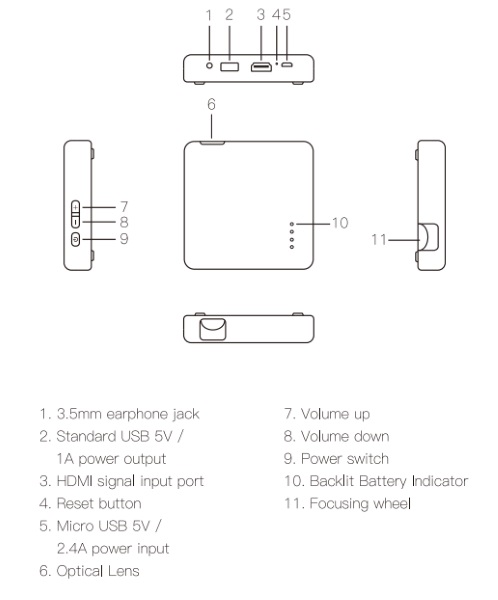
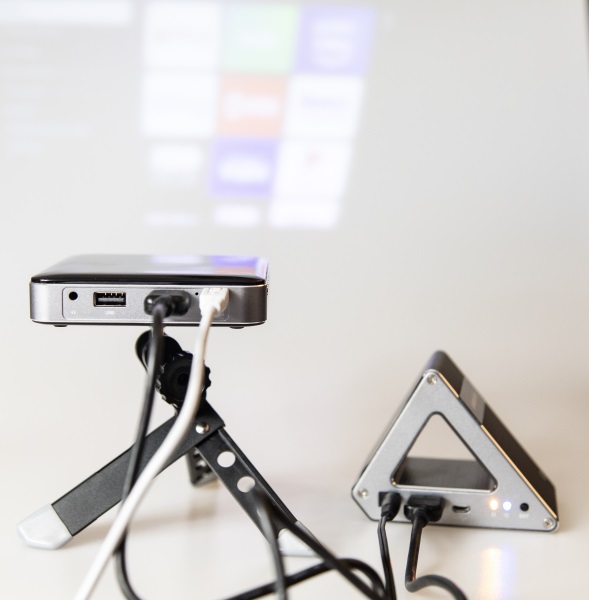
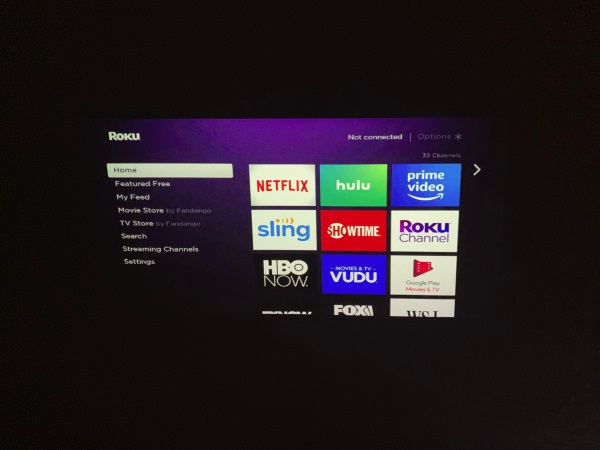
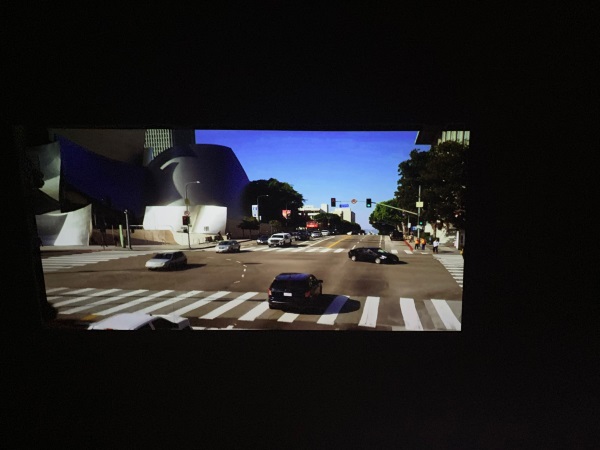
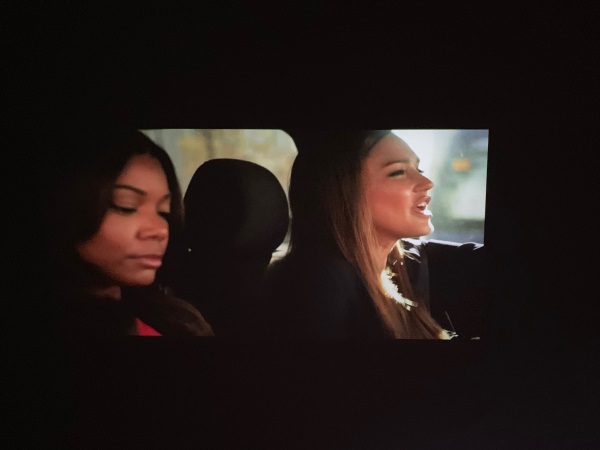
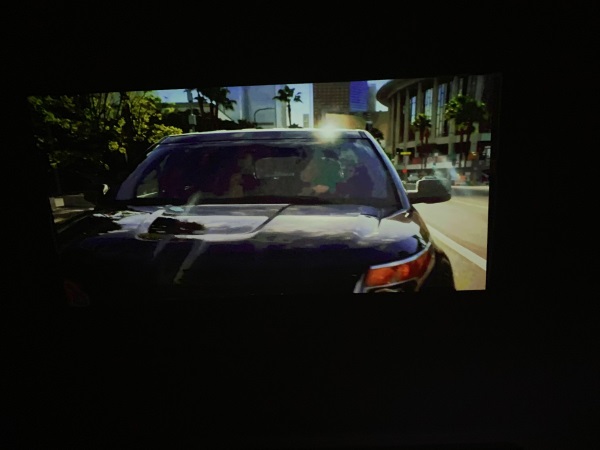
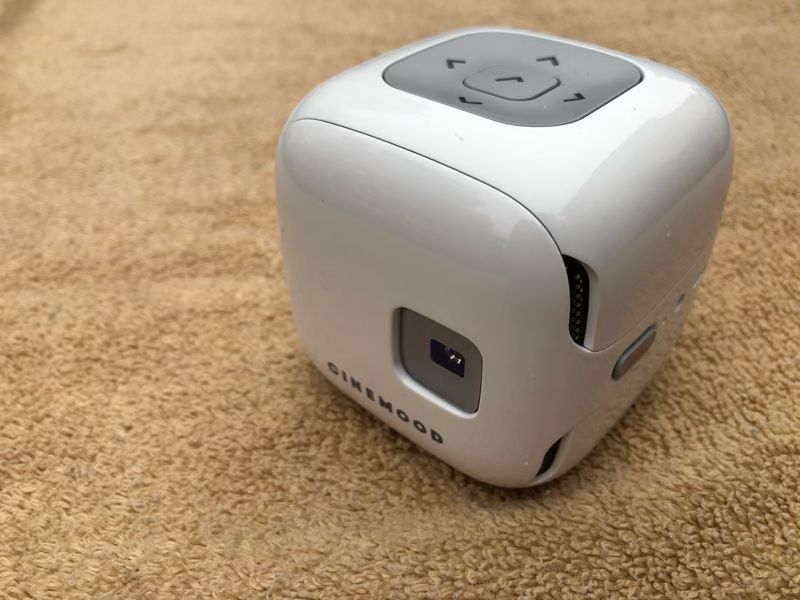
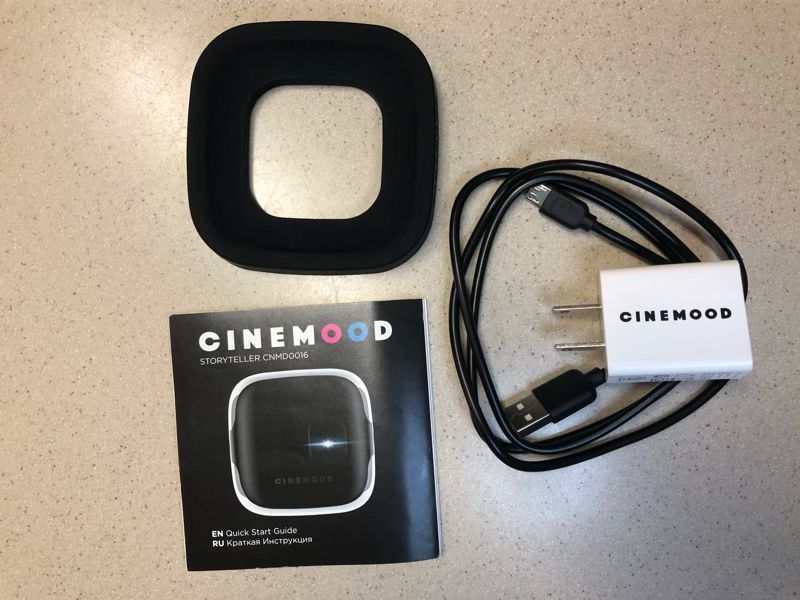
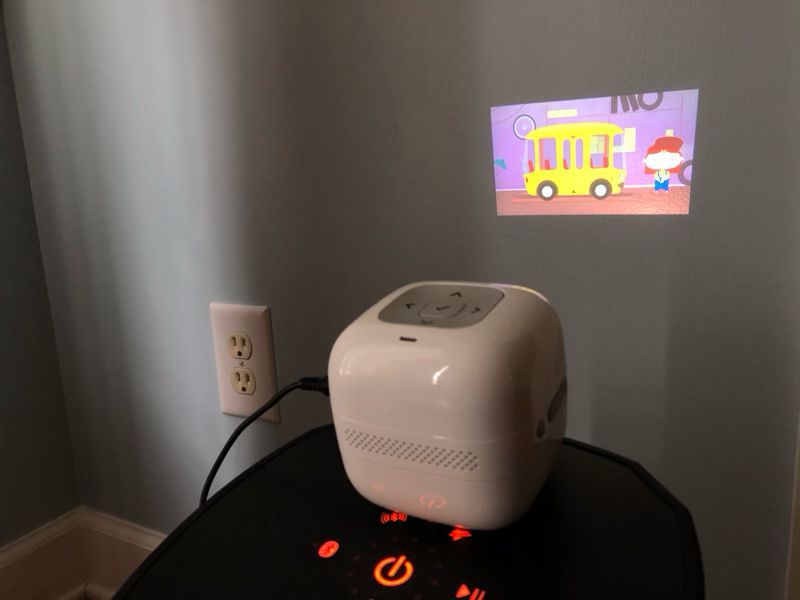
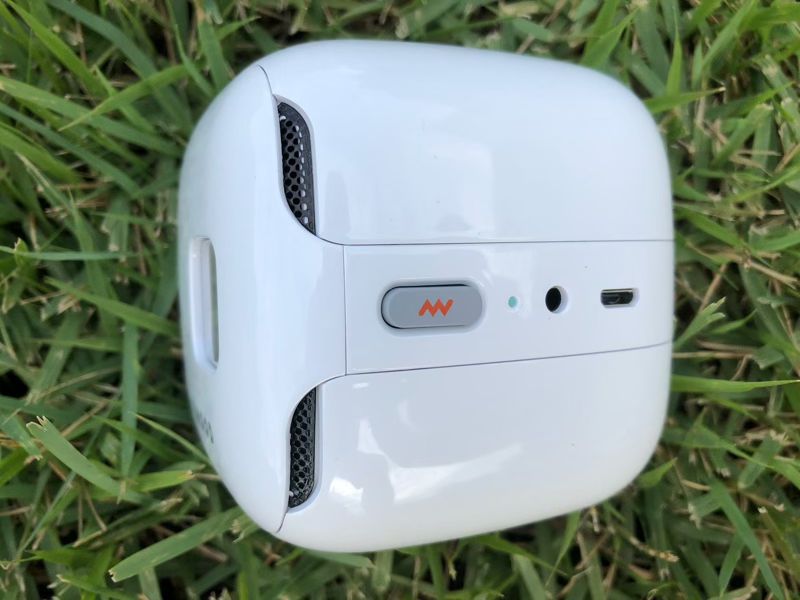
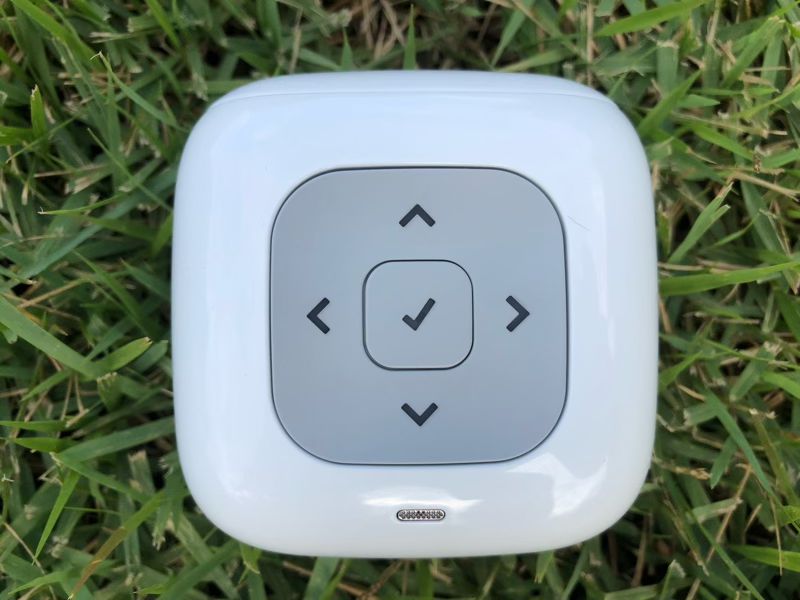
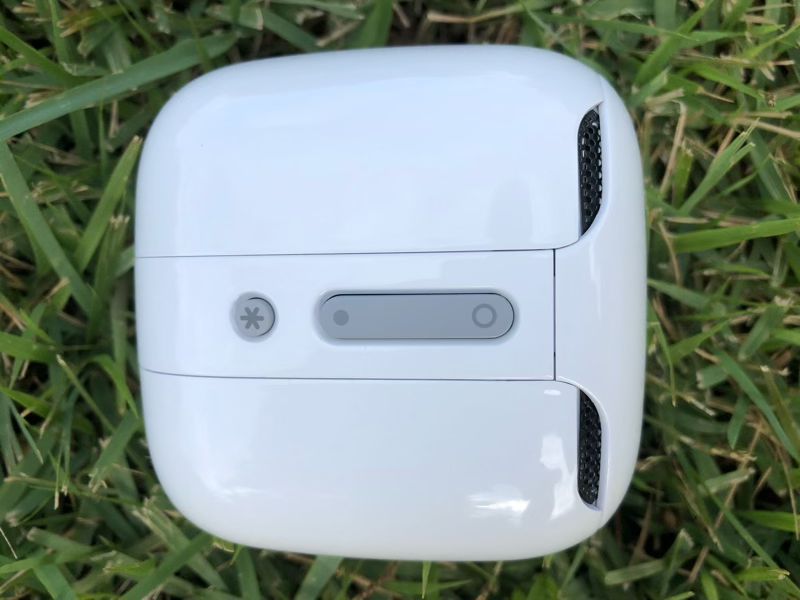
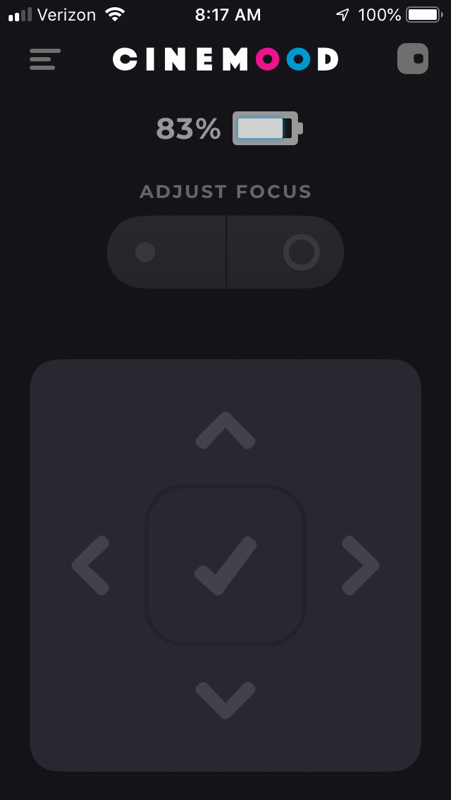
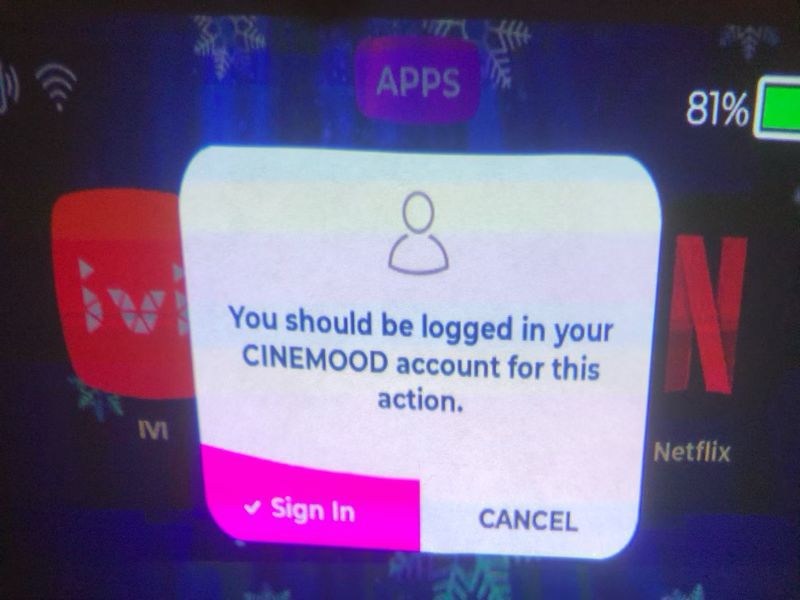
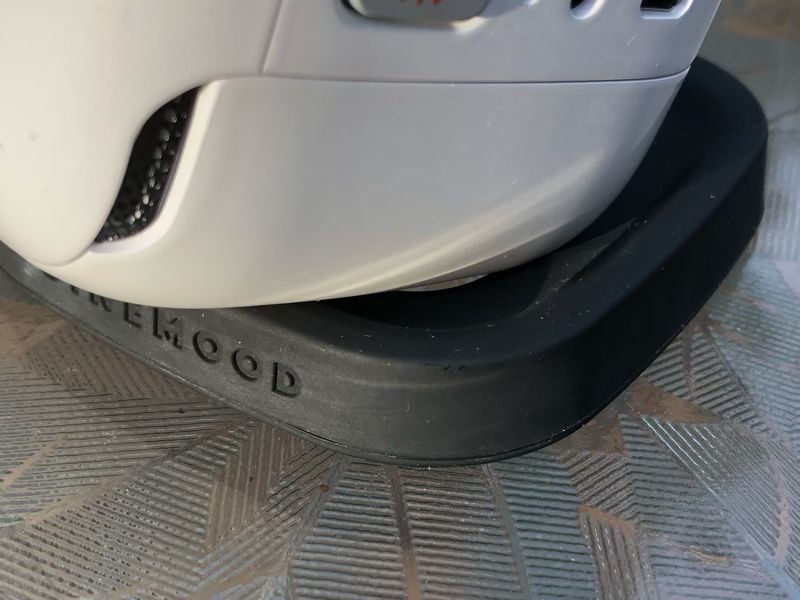
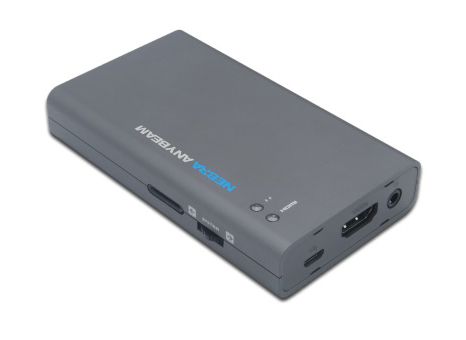 REVIEW – Some may say that I am addicted to television and movies since I tend to watch one or the other any time I can. Sometimes when I am in that mood, I am not at a location where television is available. This is often the case when I am away from home. My answer to accommodate my need is to find the best pocket size projector that will produce the best display and also have flexible and minimal power supply requirements. I would also like it to offer as many types of media device input options as possible. The first candidate in my testing and review lineup is the
REVIEW – Some may say that I am addicted to television and movies since I tend to watch one or the other any time I can. Sometimes when I am in that mood, I am not at a location where television is available. This is often the case when I am away from home. My answer to accommodate my need is to find the best pocket size projector that will produce the best display and also have flexible and minimal power supply requirements. I would also like it to offer as many types of media device input options as possible. The first candidate in my testing and review lineup is the 